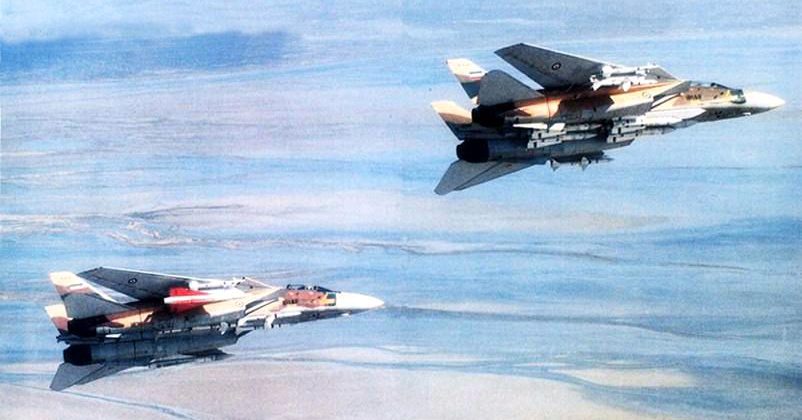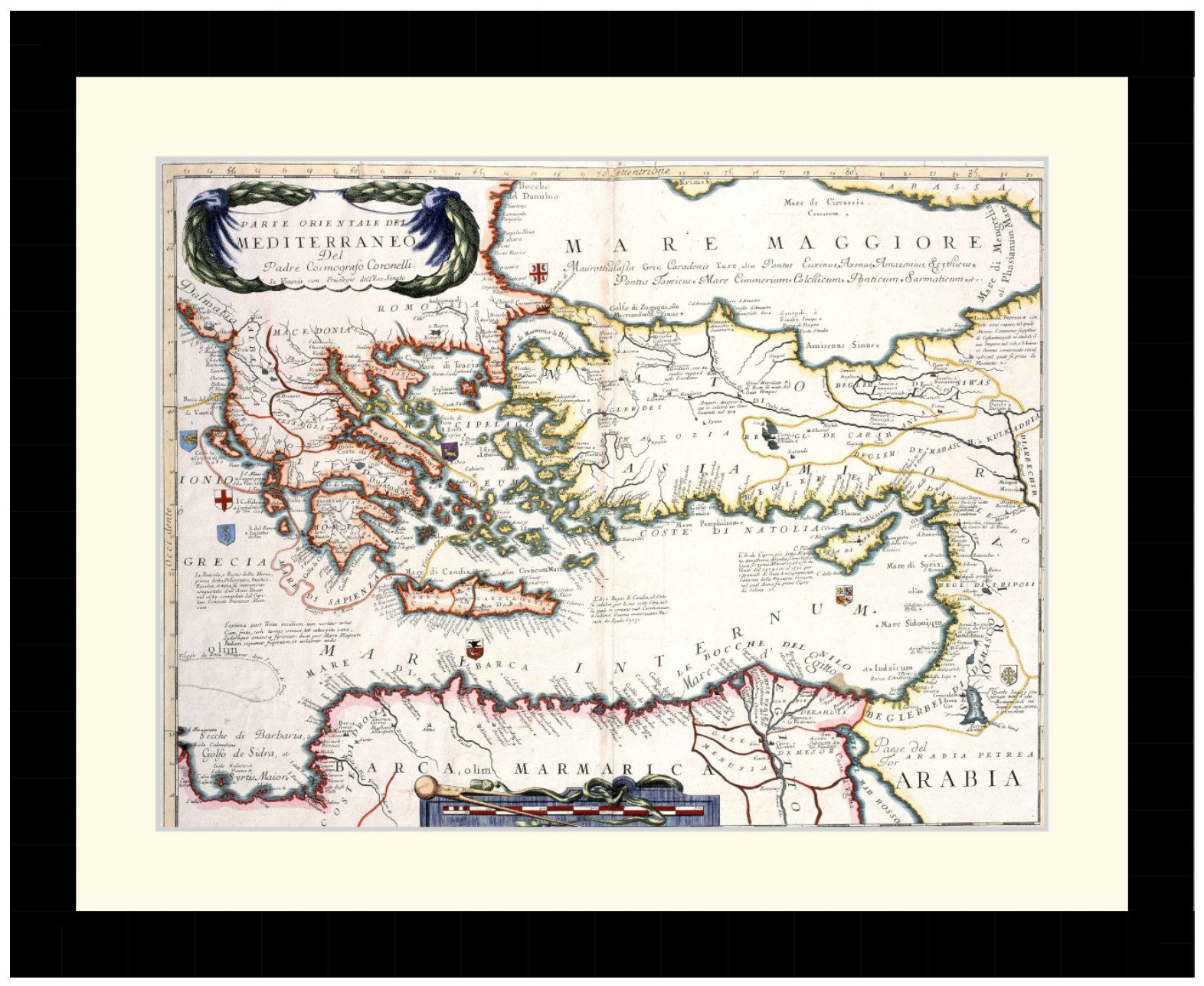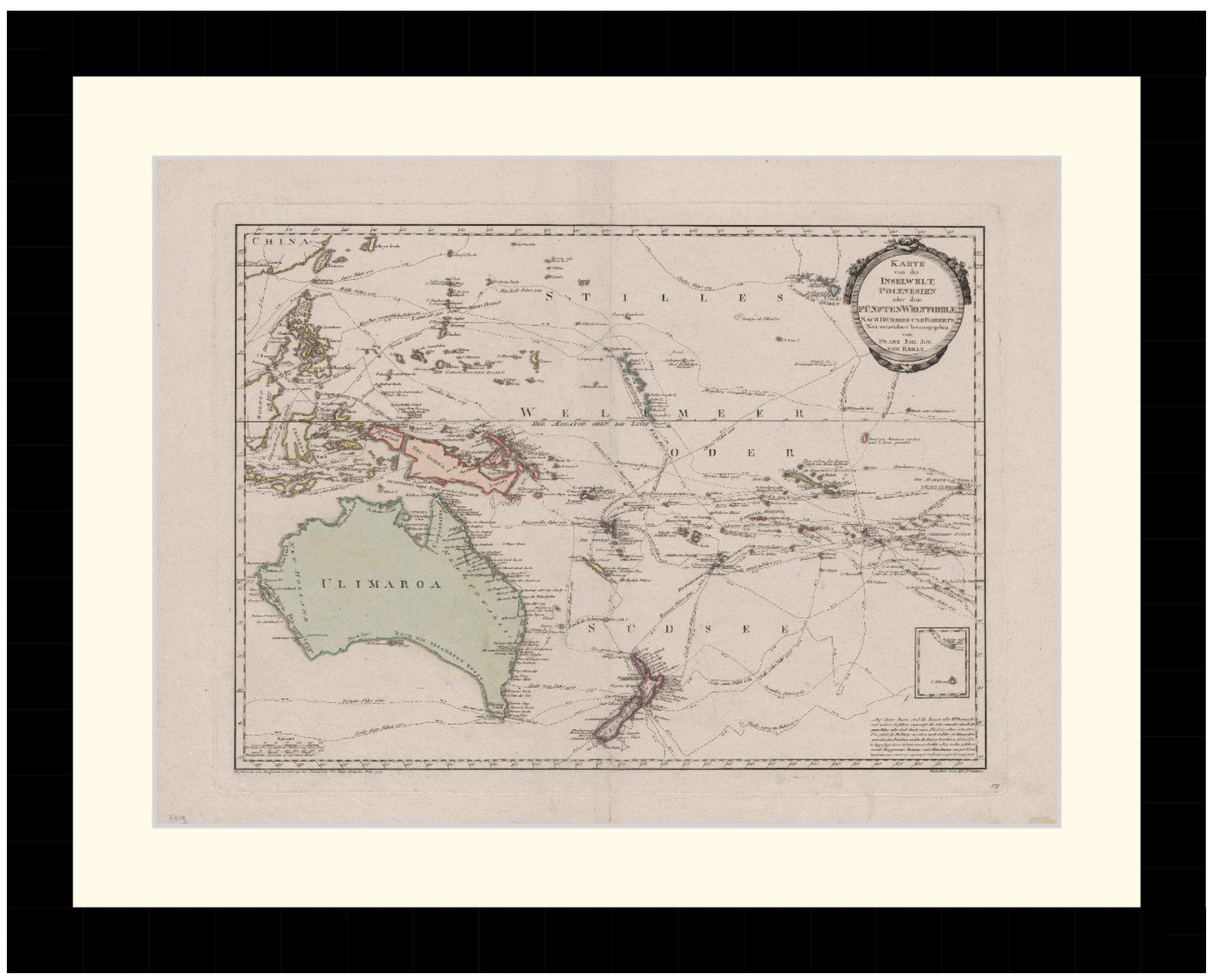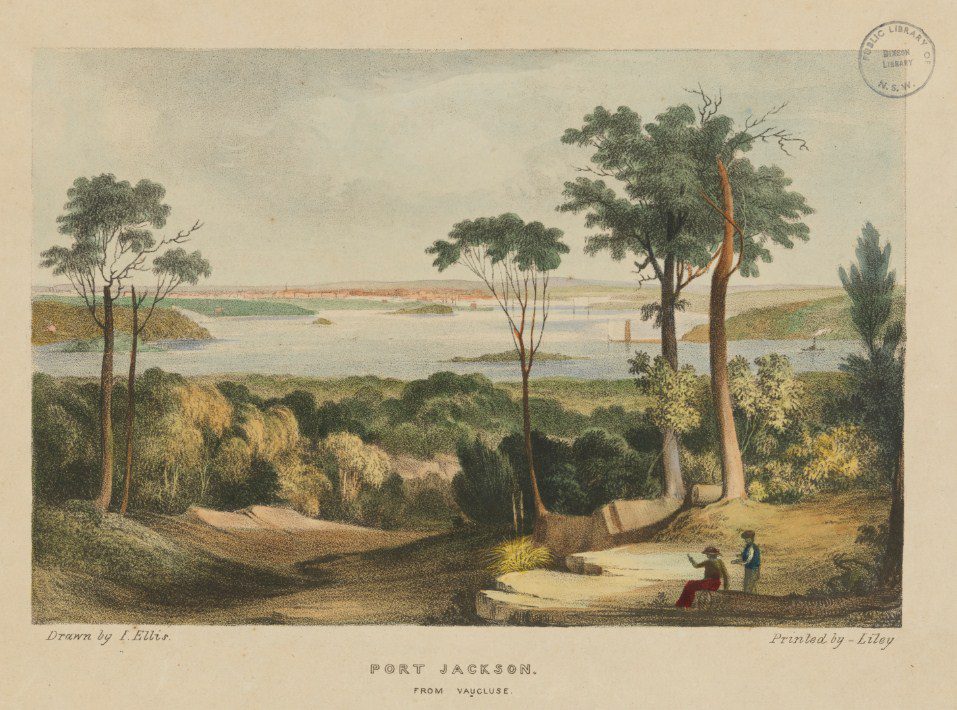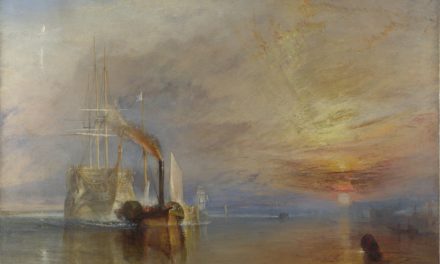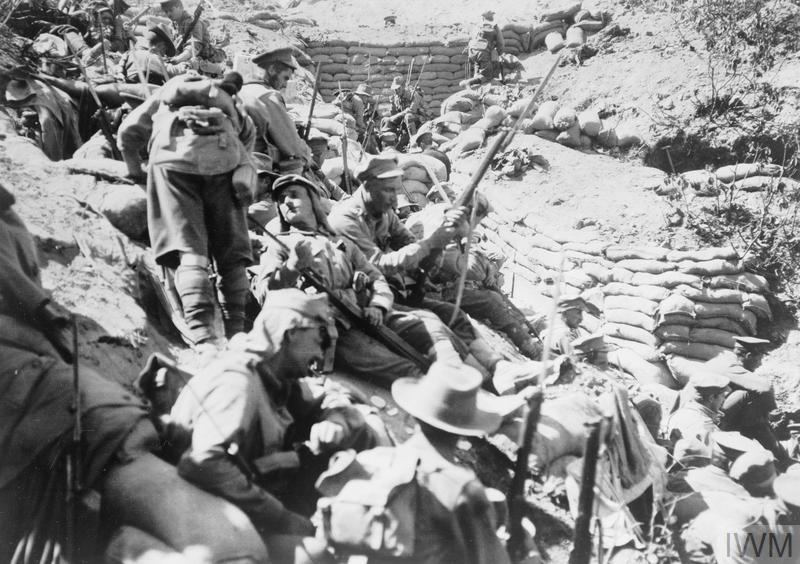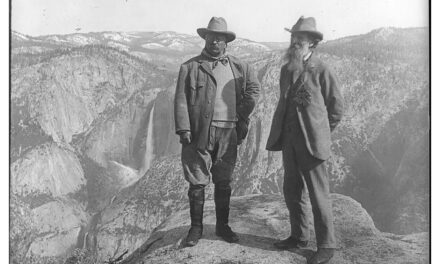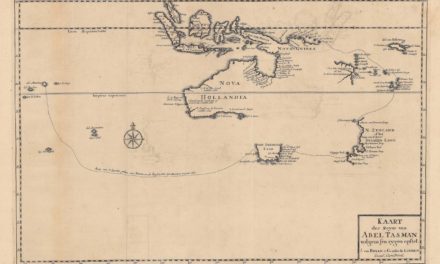History Guild Weekly History Quiz No.214
See how your history knowledge stacks up!
Want to know more about any of the questions? Scroll down to learn more!
Have an idea for a question? Suggest it here and we’ll include it in a future quiz!
The stories behind the questions
1. Which countries fought in the 1984-1988 tanker war?
Iran and Iraq – Part of the broader 1980-1988 Iran-Iraq war, the tanker war saw many tankers owner by non-combatant countries attacked in the Persian Gulf and Strait of Hormuz by both Iraq and Iran.
2. When was the Channel Tunnel between the UK and France opened?
1994 – The world’s longest undersea railway tunnel, it was first proposed in 1802! Tunnelling commenced from both sides in 1988, with the initial tunnel meeting in 1990.
3. Which of these countries started and ended WW2 with the same leader?
USSR – Joseph Stalin was in power from 1922 to 1953. Adolf Hitler ruled Germany at the beginning of WW2, his suicide on 30th April 1945 saw Karl Dönitz take power. He surrendered to the Allies 8 days later. Franklin D. Roosevelt was US President at the beginning of WW2 until his death on April 12th, 1945. The war finished with Harry S. Truman as President. The UK started the war with Neville Chamberlain as PM, until Winston Churchill took power in May 1940. Churchill lost the 26th July 1945 election, with Clement Attlee PM for the end of hostilities.
4. Where did modern Gin originate?
The Netherlands – Known in the Netherlands as Jenever, this spirit distilled with juniper became very popular in England as Gin from the 1600s onwards.
5. Published in 1936, who wrote ‘How to Win Friends and Influence People’?
Dale Carnegie – Over 30 million copies have been sold worldwide, making it one of the best-selling books of all time. Carnegie worked as a lecturer in public speaking and interpersonal skills, training over 450,000 people throughout his lifetime.
6. Which conflict started on 6th October 1973?
Yom Kippur War – The war was fought by a coalition of Arab states led by Egypt and Syria against Israel from October 6th to 25th, 1973. The fighting mostly took place in the Sinai and the Golan Heights, territories that had been occupied by Israel since the Six-Day War of 1967.
7. Which organisation was responsible for transporting the most slaves across the Atlantic?
The British Royal African Company – Established in 1660 by the House of Stuart and City of London merchants to trade along the West African coast, it received a Royal monopoly of the British slave trade in 1672. During its peak period between 1672 and 1731, the Royal African Company transported 187,697 enslaved people on company-owned ships to English colonies in the Americas. It continued operation until 1821.
8. Which Australian Prime Minister had the nickname ‘Pig Iron’?
Robert Menzies – In 1938 Port Kembla wharf labourers refused to load pig iron headed for Japan, as it was intended to be used to create weapons that Japan was using in it’s invasion of China. This was in the wake of the international condemnation of Japan for the 1937 Japanese Massacre in Nanking.
The dispute continued for 10 weeks and received financial support from around Australia, particularly from the Australian Labour movement, but also from the Chinese immigrant community in Sydney who supplied truckloads of produce to help the families of the striking workers. Attorney General Robert Menzies threatened the wharf labourers with the revocation of their federal licences, leaving them unable to work. The workers eventually submitted, but the dispute brought the Lyons government policy of appeasement of Japanese military aggression into the public eye.
9. Where was the earliest Norse settlement in North America?
L’Anse aux Meadows, Newfoundland – Found on the northernmost tip of the island of Newfoundland, the site is a Norse settlement dating to around 1010 CE. Archaeological evidence indicates that it may have served as a base camp for Norse exploration of North America.
10. From which country did Suriname gain independence in 1975?
The Netherlands – Suriname was inhabited as early as the fourth millennium BC by various indigenous peoples, including the Arawaks, Caribs, and Wayana. Europeans arrived in the 16th century, with the Dutch establishing control over much of the country’s current territory by the late 17th century. During the Dutch colonial period, Suriname was a lucrative source of sugar, its plantation economy driven by African slave labour and, after abolition of slavery in 1863, indentured servants from Asia. It became independent in 1975, and is the smallest country in South America.

